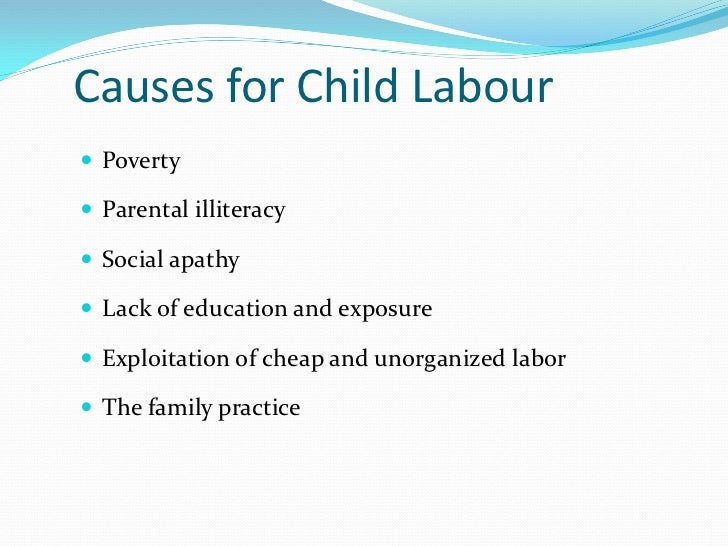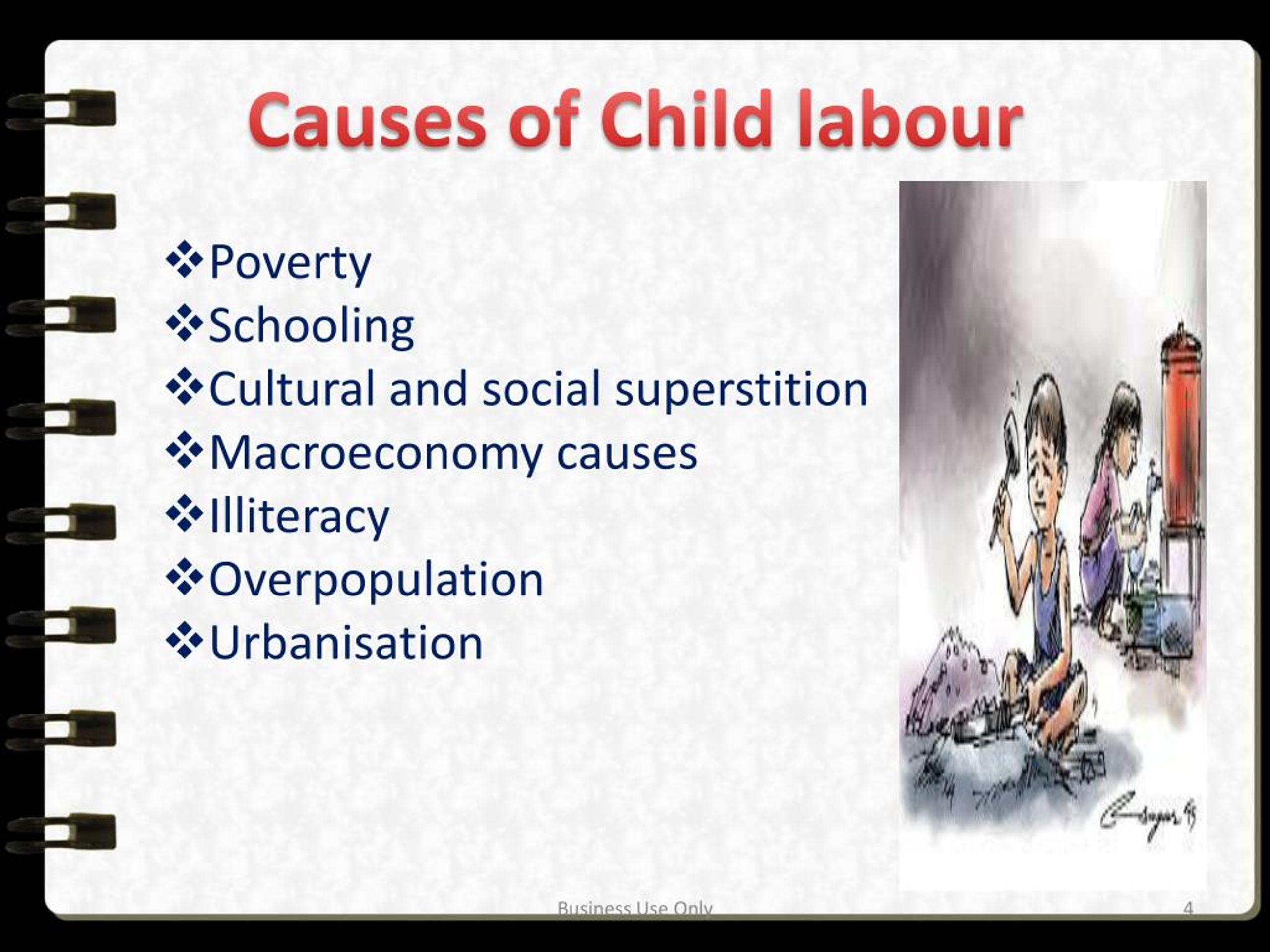Child Labor
Child labor persists as a complex global issue with deep-rooted causes and far-reaching effects on children, families, communities, and societies. Understanding the underlying factors contributing to child labor and its consequences is crucial for developing effective strategies to combat this phenomenon.

Causes of Child Labor
- Poverty: Economic hardship is perhaps the most significant driver of child labor. Families living in poverty often rely on the income earned by children to supplement household earnings and meet basic needs.
- Lack of Access to Education: Limited access to quality education, including barriers such as school fees, lack of nearby schools, and poor infrastructure, forces children out of the classroom and into the workforce.
- Cultural and Social Norms: In some societies, there are cultural norms that prioritize children's economic contributions over their right to education and protection. This includes expectations that children will contribute to family livelihoods from a young age.
- Demand for Cheap Labor: Industries and businesses seeking to minimize production costs may exploit child labor for its affordability, flexibility, and willingness to work under harsh conditions.
- Urbanization and Migration: Rural-urban migration often leads to overcrowded urban centers where families struggle to make ends meet. Children from migrant families may be particularly vulnerable to exploitation in informal sectors.
- Conflict and Crisis: During times of conflict, displacement, or humanitarian crises, children are at increased risk of being recruited into armed groups, trafficked, or forced into hazardous work.
Effects of Child Labor
- Education Deprivation: Child labor deprives children of their right to education, perpetuating cycles of poverty and limiting their future prospects. Without education, children are less likely to escape poverty as adults.
- Health Risks: Many child laborers work in hazardous conditions, exposing them to physical injuries, illnesses from exposure to toxic substances, and long-term health problems. They often lack access to healthcare and proper nutrition.
- Psychological Impact: Child labor can lead to psychological distress, anxiety, and trauma. Children may experience feelings of worthlessness, low self-esteem, and a loss of childhood innocence.
- Social Development: Working at a young age robs children of opportunities to socialize, play, and develop social skills critical for their emotional and cognitive development.
- Cycle of Poverty: Rather than alleviating poverty, child labor often perpetuates it by trapping children in low-wage, unskilled work with limited prospects for advancement.
- Inter-generational Impact: Children who experience child labor are more likely to perpetuate the cycle by entering the workforce prematurely as adults, perpetuating poverty and limiting economic development.

Addressing Child Labor
- Legal Frameworks: Strengthening and enforcing laws that prohibit child labor and setting minimum age requirements for work.
- Education: Promoting access to quality education, including incentives such as scholarships and school feeding programs, to keep children in school and out of the labor force.
- Social Protection: Providing social safety nets such as cash transfers, healthcare, and parental support programs to alleviate economic pressures on families.
- Awareness and Advocacy: Educating communities about the harmful effects of child labor and promoting children's rights.
- Sustainable Livelihoods: Creating economic opportunities for adults through skills training, job creation, and microfinance to reduce reliance on child labor.
By addressing the root causes of child labor and implementing targeted interventions, we can mitigate its detrimental effects on children and pave the way for a future where all children can enjoy their rights to education, protection, and a childhood free from exploitation.


